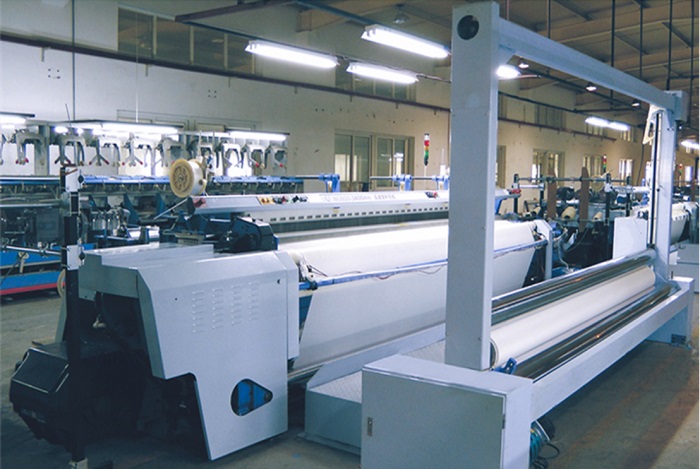Vietnam factory shutdown
The current epidemic situation in Vietnam is severe. A total of 19 provinces and cities have entered a state of movement restrictions. The total number of confirmed cases in the country has exceeded 130,000, and the number of confirmed cases in Ho Chi Minh has also exceeded the 100,000 mark.
Affected by the epidemic, 97% of textile companies in South Vietnam have suspended production. Most of the factories have been suspended since midnight on July 15. After being checked and approved by officials of the local disease management bureau, work can only be resumed.
Although the export orders of the Vietnamese textile industry have been received in the third quarter, companies are currently struggling to achieve a balance in production activities, ensuring employment of employees, and profits. Many customers propose to delay payment by 2 to 3 months, or even 6 months, which is beyond the capacity of the enterprise. Facing the huge risks brought by the increasingly complex epidemic, some customers have moved their orders out of Vietnam, and even have a tendency to return to the Chinese market.
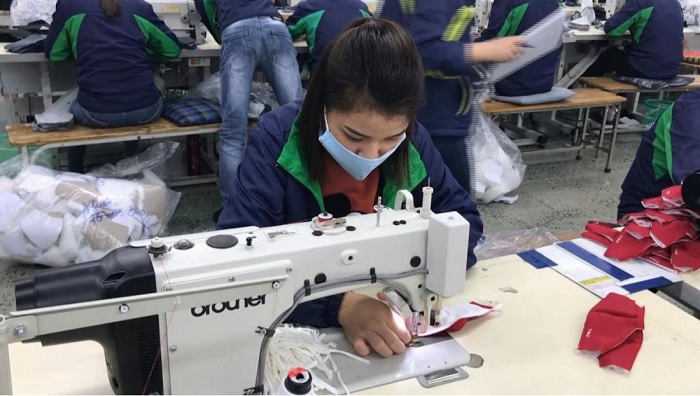
Not available in India
In India, where the epidemic is also quite severe, exporters have no containers available, and foreign buyers have begun to cancel shipments from India, resulting in goods being stacked in different ports for several weeks. Coupled with soaring freight rates and port congestion, freight rates are already higher than product costs, and Indian small exporters struggle for every penny.
The general manager of New Delhi-based apparel manufacturer Jyoti Apparel said: “High freight can be absorbed, but the absence of containers directly changes the rules of the game. Several ships are bypassing India because there are no containers to carry goods. Sometimes ours The goods have to stay at the port for three to four weeks. International buyers tell us to either cancel the order or ship it by air. But air freight is also soaring."
Before the epidemic, the air freight for each shipment of general cargo fluctuated between US$1.07 and US$1.34, and now it is between US$4.38 and US$6.04.
"For us, clothing is perishable, because fashion and trends change rapidly. If a certain color of clothing is on the shelves in August, but the goods do not arrive at the destination on time, then the value of the clothing will be outdated. And halved. Until we have our own containers, the shortage of containers will continue.” Last fiscal year, India’s garment exports fell by 20.75%, while textile and clothing exports fell by 13%.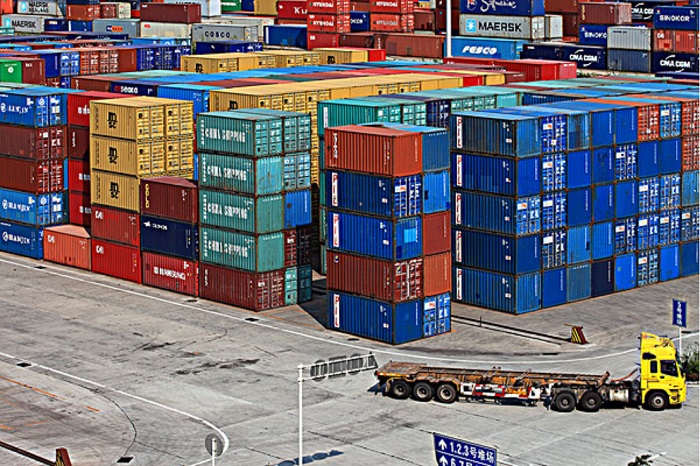
The Indian factory shut down and the apparel industry lost a lot of orders!
Tirupur, in the southern Indian state of Tamil Nadu, is an important base for India's garment production. Affected by the epidemic, the Indian garment industry has suffered heavy losses. There are more than 17,500 garment factories in the local area, and 60% of all knitted garments in India are produced here, and many multinational clothing fast-moving consumer goods are also processed here.
International garment companies have to launch new garments every month, and garment factories need to closely cooperate with order requirements. After the second wave of new crown pneumonia in India, Indian garment factories have been unable to meet customer requirements for more than three months, which may eventually lead to long-term losses. International customers.
Affected by the epidemic, some multinational clothing retailers have moved 15-20% of their orders to other countries. During the second wave of the new crown pneumonia epidemic, the city’s clothing industry lost at least about 100 billion rupees, or about 8.7 billion yuan. India’s apparel industry provides approximately 12 million jobs. Industry insiders in India said that the blockade has a huge impact on the manufacturing industry.
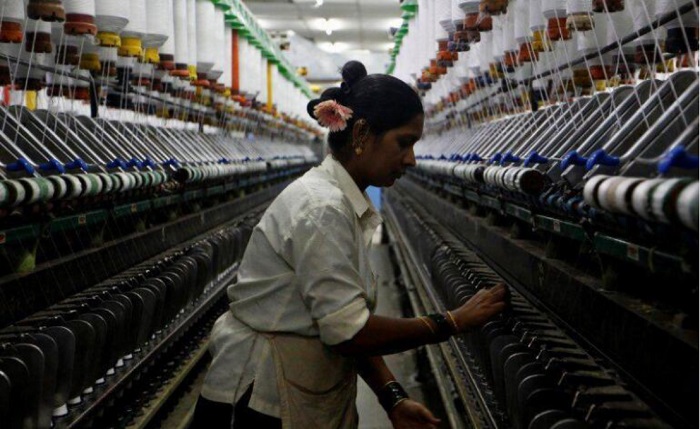
Bangladesh's textile and garment industry implements two-week lockdown
Due to the raging delta variant of the new crown virus, the Bangladeshi government decided to implement a nationwide lockdown policy on the country’s textile and clothing industry on July 23 after Muslim Eid al-Fitr (July 19-23). (Bangladesh is the second largest exporter of textile and clothing products in the world after China)
Due to the coincidence of the 40% annual export time of Bangladeshi textiles during the blockade, things have become complicated. The orders for the autumn and winter series of 2021/22 have been delivered around May. Compared with the same period in 2020, Bangladesh's export volume has increased by about 12%.
The blockade may cause some customers in the industry to transfer orders, but there is no other region where they can transfer orders except for China, where manufacturing costs are relatively high. Although the Cambodian and Thai governments have not yet implemented blockade policies on the industry, as far as is known, large exporting countries such as Vietnam and Indonesia have begun to implement safety restrictions on the epidemic.
Due to the new wave of outbreaks and the delay of container shortages, Bangladesh’s Chittagong and Indian ports are facing serious cargo accumulation and serious port congestion.
The importer stated that due to the lockdown, the factories and warehouses are now closed and all employees are on vacation, so no one picks up the containers from the port terminal.
The counter-attack of the epidemic in manufacturing countries has brought positive stimulus to the Chinese market. Orders from Southeast Asian countries such as India have also begun to return to China, and the number of orders for domestic textile, chemical, rubber and other industries has increased sharply.
The return of textile orders is mainly due to two factors. First, China has done a great job in epidemic prevention and control and economic and social development. It has taken the lead in resuming work and production, which not only effectively guarantees the domestic market supply, but also supports the smooth operation of the international industrial chain supply chain. In comparison, India and some countries in Southeast Asia are not doing well enough in epidemic prevention and control, which has caused the industrial chain to be affected. Many tasks cannot be completed as scheduled, and some textile orders have to be cancelled or moved to countries such as China. The second is that China has a sound and complete textile work foundation, both raw materials and chemical raw materials, a complete supply chain, and a high degree of industrialization, so that orders can be completed in the shortest time and at a lower cost. This is also the main reason for the return of overseas orders.
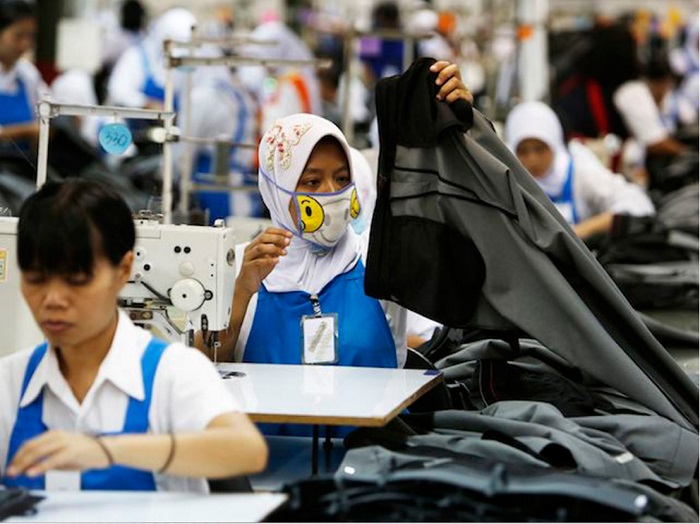
How overseas companies solve the textile production problems under the epidemic
At present, Vietnam, India, Bangladesh, Cambodia and other major textile countries in Southeast Asia have been affected by the epidemic, causing the textile industry to stop working and textile transportation problems, resulting in a decline in textile productivity and loss of customer orders. The urgent need to solve is the labor problem.
Textile companies inherently have the problem of difficulty in recruiting workers and expensive labor. Coupled with the impact of the epidemic, it is even more difficult to hire employees. The production machinery is idled in the factory, and the factory also needs rent and maintenance. These fixed costs are difficult to amortize, so the non-union will cause huge losses.
Aiming at the problem of labor shortage, Suntech has developed and produced rapier looms with 50 years of design experience and technology precipitation by integrating various textile processes with intelligent, automated, and digital applications, allowing the links that originally required a large number of manual assembly lines to be replaced by machinery. As we all know, in textile production, the most labor-intensive process is not the production process, but the finishing process, including cloth inspection and packaging. Among them, the cloth inspection process requires high skill, vision, and experience of workers, and the wages are high, and the manual cloth inspection efficiency is low and the error rate is high.
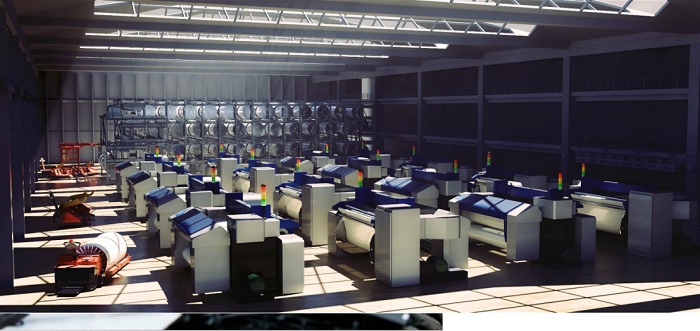
Suntech rapier looms can perform automatic machine inspection on the finished fabrics, eliminating the high cost of inspection, and the inspection effect is better than manual inspection, realizing the optimization of the textile process and the maximization of value, reducing labor and greatly Reduce labor costs and improve production efficiency.
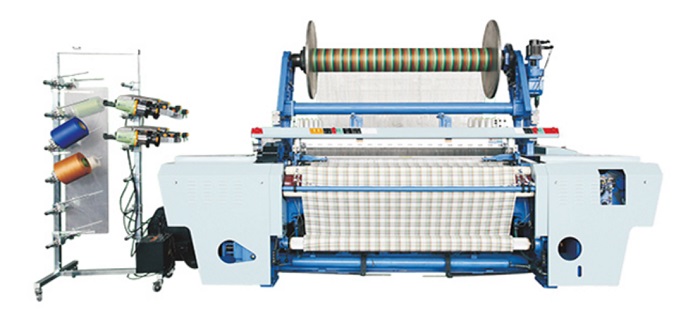
Customers who have used Suntech rapier looms are full of praise for this loom, which can be called artificial intelligence in the loom industry. According to statistics, this loom can save 50% of labor costs and 50% on average, and increase production by 50%. Efficiency, in addition to automatic cloth inspection, it can also be controlled by PLC, automatic weft seeking, servo electronic warp let-off, and servo electronic winding, which makes every step of the textile intelligent and greatly improves the production speed. Welcome to inquire.
